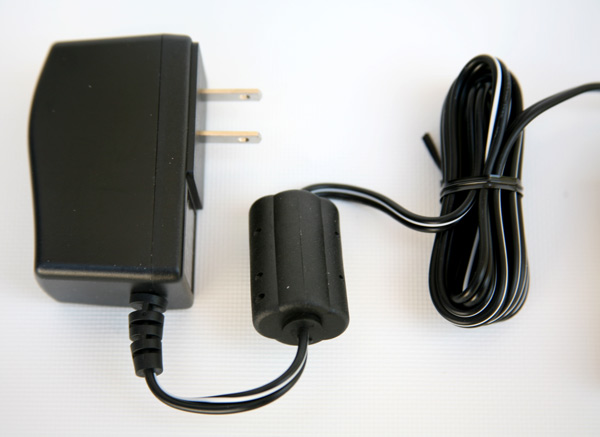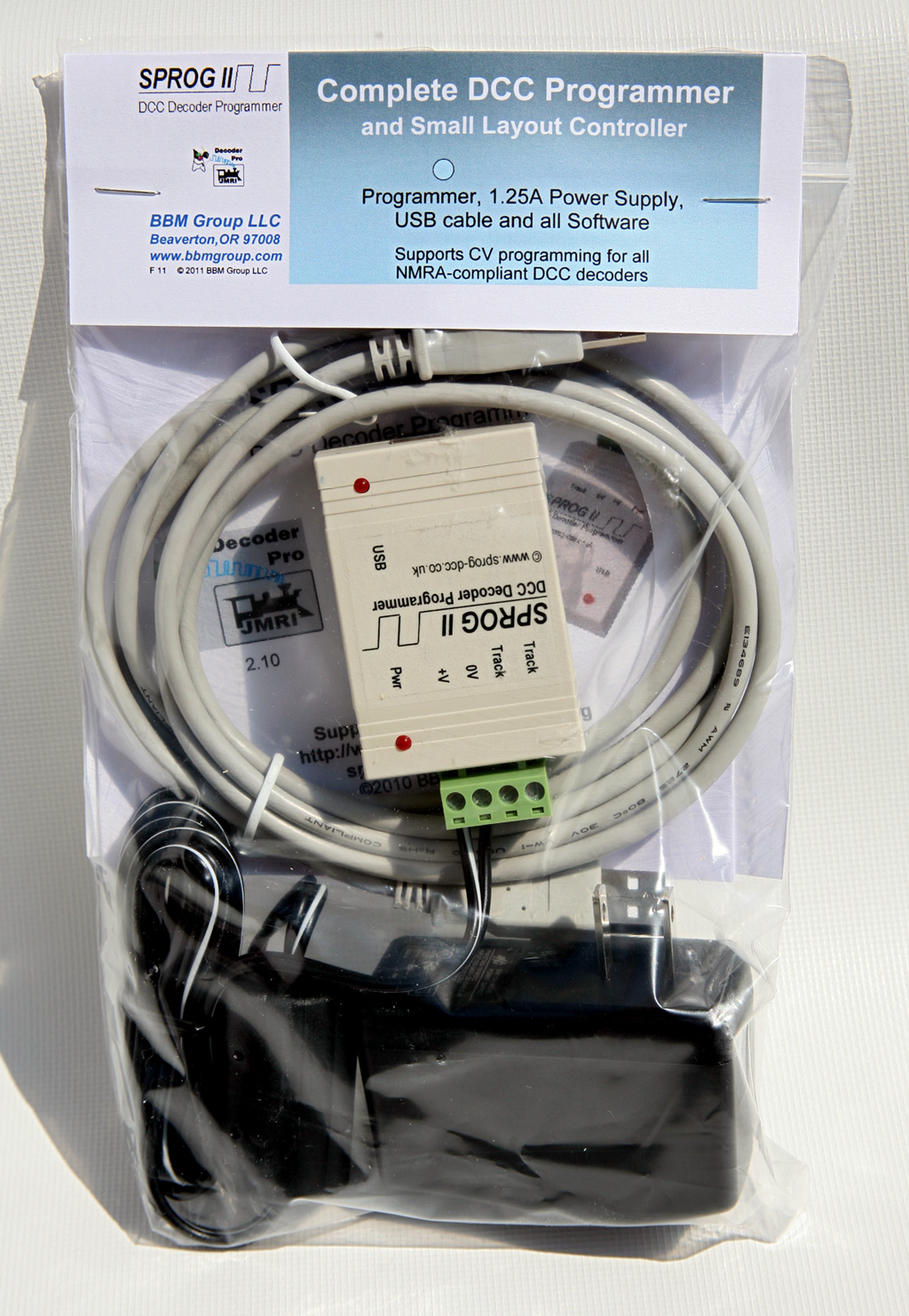Supported Hardware
Welcome to SPROG DCC home of The DCC Programmer. At SPROG DCC we have 15+ years experience of designing building and supporting the very best DCC Programmers. Our products are used by 1000s of customers around the world. With the ever increasing cost of DCC fitted locos, you owe it to yourself to use the best tools to get the most enjoyment. Supported servers include JMRI, DCC-EX, MRC Prodigy WiFi, Digitrax LnWi, and WifiTrax (for NCE). Once connected, you can control your locomotives and your entire model railroad. Speed, direction, and up to 29 DCC functions are supported for one to six locomotives or consists. You can create and edit consists (software-defined). Model Railway DCC Control – Sprog and Raspberry Pi Posted on 14th June 2017 by John About 6 weeks ago I posted about the saga I’d had getting DCC control working, and that I’d had to resort back to a very old desktop computer because of the issues I’d had with Windows 10.
- WiFi Throttles
Applications
Tools
- Common Tools:
- Blocks:
- Routing and Control:
- Other:
Layout Automation
JMRI Help:
Contents/ Index
Glossary/ FAQ
JMRI supports a wide range of DCC 'command station'-style products from various model railroad automation vendors. We also support non-DCC layout accessories and devices that connect via a variety of networks and protocols. This page lists hardware and networks that JMRI is known to work with, and provides links to information on how to configure JMRI to work with each particular type.
- Hardware Supported:
- Additional Topics:
If there is a way to make a computer communicate with a given piece of model railroad equipment, it is possible to connect it to JMRI. If you don't see your particular system here, please ask about it on the JMRI users.
For developers adding new hardware integration: see here for information about Creating Help and Web Pages for New Hardware.
Category/Alphabetic Index
This index cross-references hardware and products by the categories under which they appear on this page. Click on a category to go to that category on this page. Click on a hardware item to go to the JMRI Help page for that product or family. The sidebar provides an alphabetic list.
Networks and Protocols:
- WiFi Throttles
Programmers:
Multi-purpose Hardware

Configure: See the JMRI arduino help page for information on configuring for accessory control. See also DCC++ for use as a DCC command station.
Configure: CTI Electronics boards via Acela adapter.
General information on connecting JMRI to a Digitrax LocoNet
Configure: Connections to a LocoNet via
- The older LocoBuffer-II, LocoBuffer and MS100 interfaces
Configure: LocoNet Simulator for use when disconnected from a layout.
Configure: Remote connection to a LocoNet via JMRI LocoNet Server.
Configure: Remote connection to a LocoNet via LbServer. More information on connecting multiple computers to a single LocoNet
Configure: Programming and testing decoders without a command station via a Digitrax PR2 interface, PR3 interface, or PR4 interface.
Configure: Directly connecting to an Intellibox.
Configure: Connecting to a Standalone LocoNet.
Configure: Connecting to a IPOCSMR system.
Configure: Lenz LI100, LI101F, LIUSB or GenLi XPressNet interfaces, ZTC Controls ZTC640 interface, or an XPA and Hayes compatible modem.
Please check the notes above for system specific restrictions on what JMRI can do.
General information on connecting JMRI to a SPROG programmer/command station
General information on connecting JMRI to a SPROG Generation 5 programmer/command station
Command Stations
Configure: Atlas Commander via Lenz LI100, LI101F, LIUSB or GenLi XPressNet interfaces, ZTC Controls ZTC640 interface, or an XPA and Hayes compatible modem
Note: you can not program decoders with this configuration.
Configure: EasyDCC command station via Serial or Terminal Server
Configure: DCC++ Open Source Arduino Command Station.
Configure: DR5000
General information on connecting JMRI to a Digitrax LocoNet
Configure: Connections to a LocoNet via
- The older LocoBuffer-II, LocoBuffer and MS100 interfaces
Download Sprog Dcc Drivers
Configure: LocoNet Simulator for use when disconnected from a layout.
Configure: Remote connection to a LocoNet via JMRI LocoNet Server.
Configure: Remote connection to a LocoNet via LbServer. More information on connecting multiple computers to a single LocoNet
Configure: Programming and testing decoders without a command station via a Digitrax PR2 interface, PR3 interface, or PR4 interface.
Configure: Directly connecting to an Intellibox.
Configure: Connecting to a Standalone LocoNet.
Configure connection to ECoS command station.
Configure: Twin Centre communications (LocoNet)
Configure: Fleischmann Z21 and z21 via Ethernet.
Configure: Hornby Elite via built in USB Port
Configure: Hornby Elite or Hornby Select via Lenz LI100, LI101F, LIUSB or GenLi XPressNet interfaces, ZTC Controls ZTC640 interface, or an XPA and Hayes compatible modem.

Please check the notes above for system specific restrictions on what JMRI can do.
Connection: Serial cable
Configure: TMCC Command Base
Configure connection to CS2 Command Station 2.
CS Command Station - see ESU ECoS
MRC decoders can be configured via DecoderPro using any supported DCC system.
For more information on connecting JMRI to the MRC command station, see the MRC system page.
Configure connection to a Powerhouse Pro via serial link or Terminal Server.
Configure connection to a PowerCab via NCE USB adapter.
Configure: Roco LocoMaus 2 (Roco Part number 10760), Roco MultiMaus (Roco Part number 10810), or Roco multiZENTRAL-Pro (Roco Part number 10830) via Lenz LI100, LI101F, LIUSB or GenLi XPressNet interfaces, ZTC Controls ZTC640 interface, or an XPA and Hayes compatible modem.
Please check the notes above for system specific restrictions on what JMRI can do.
Configure: Roco Z21 and z21 via Ethernet.
Configure: SPROG as either a stand-alone DCC programmer or DCC command station
Configure: SPROG Generation 5 as a DCC command station and programmer
Configure connection to TAMS Master Control command station.
Configure: Uhlenbrock Intellibox-I or -II via LocoNet interface
Configure: Uhlenbrock Intellibox-I via built-in serial port
Configure: Uhlenbrock Intellibox-II via built-in USB connection
Configure: Viessmann Commander via Lenz LI100, LI101F, LIUSB or GenLi XPressNet interfaces, ZTC Controls ZTC640 interface, or an XPA and Hayes compatible modem.
Please check the notes above for system specific restrictions on what JMRI can do.
Connection: Wangrow Serial Port
Configure: System One
Configure: ZIMO MX-1
Configure: ZTC Controls ZTC511, ZTC Controls ZTC521 via Lenz LI100, LI101F, LIUSB or GenLi XPressNet interfaces, ZTC Controls ZTC640 interface, or an XPA and Hayes compatible modem (requires XPressNet V3.0 software).
Please check the notes above for system specific restrictions on what JMRI can and cannot do.
Networks and Protocols
Configure: Bruce Chubb's C/MRI control system for a connection via direct serial, USB-serial adapter, or network connection.
General information on connecting to a Digi XBee network
Configure: Used for IPOCSMR.
General information on connecting JMRI to a Digitrax LocoNet
Configure: Connections to a LocoNet via
- The older LocoBuffer-II, LocoBuffer and MS100 interfaces
Configure: LocoNet Simulator for use when disconnected from a layout.
Configure: Remote connection to a LocoNet via JMRI LocoNet Server.
Configure: Remote connection to a LocoNet via LbServer. More information on connecting multiple computers to a single LocoNet
Configure: Programming and testing decoders without a command station via a Digitrax PR2 interface, PR3 interface, or PR4 interface.
Configure: Directly connecting to an Intellibox.
Configure: Connecting to a Standalone LocoNet.
Configure: CBUS networks
Configure: Modbus networks
Configure: MQTT networks
Configure connection to an RPS (Railroad Position System) position detection system.
Configure: OpenLCB networks
Configure: Connection to SRCP server
Connection: X10, Insteon power-line controllers
Configure: CM11, 2412S and compatible controllers.
Programmers
General information on connecting JMRI to a Digitrax LocoNet
Configure: Programming and testing decoders without a command station via a Digitrax PR2 interface, PR3 interface, or PR4 interface.
Connection: Quantum Programmer
Configure: USB connection
QSI decoders can be programmed with DecoderPro through any DCC system. JMRI can't load sounds into QSI decoders.
Configure: SPROG as either a stand-alone DCC programmer or DCC command station
Configure: SPROG as DCC command station and programmer
Accessories and Other Devices
Configure: See the JMRI arduino help page for information on configuring for accessory control. See also DCC++ for use as a DCC command station.
Configure: Bachrus MTS-DCC Model Train Speedometer
Configure: DCC4PC detection boards
Configure: Hare, Wabbit, Block Watcher or PSX family products.
Maple Systems touch panel
Configure: connection via serial link
Configure connection to Oak Tree's Railroad Control Interface (RCI), including the IO-24, IO-48 and O-48 interface cards and HH-2 handheld throttle.
(Note: RCI is to be replaced by Layout Control System (LCS))

Configure: RailDriver cab simulator
Configure: Grapevine nodes
Configure: TracTronics SECSI connections
Hardware Manufacturer Index
This section cross-references hardware manufacturers and products that are known to work with JMRI. See above for links to specific help pages.
[TBA]
Connecting to Command Stations
- Macintosh
- PC
- Terminal Server
- Raspberry Pi
General hardware info
Download Sprog Dcc Driver Installer
If your layout uses some feedback mechanism to sense the actual positions of Turnouts, for example a microswitch connected to the throw bars or a decoder that returns a confirmation message, JMRI can use that to keep track of what's actually happening on the layout. We call this 'Feedback', and how to configure and use it is described on the Turnout Feedback page.
Download Sprog Dcc Driver Portal
A way to use a PDA to access JMRI.
Download Sprog Dcc Driver Manual
CBUS® is a registered trade mark of Dr Michael Bolton
